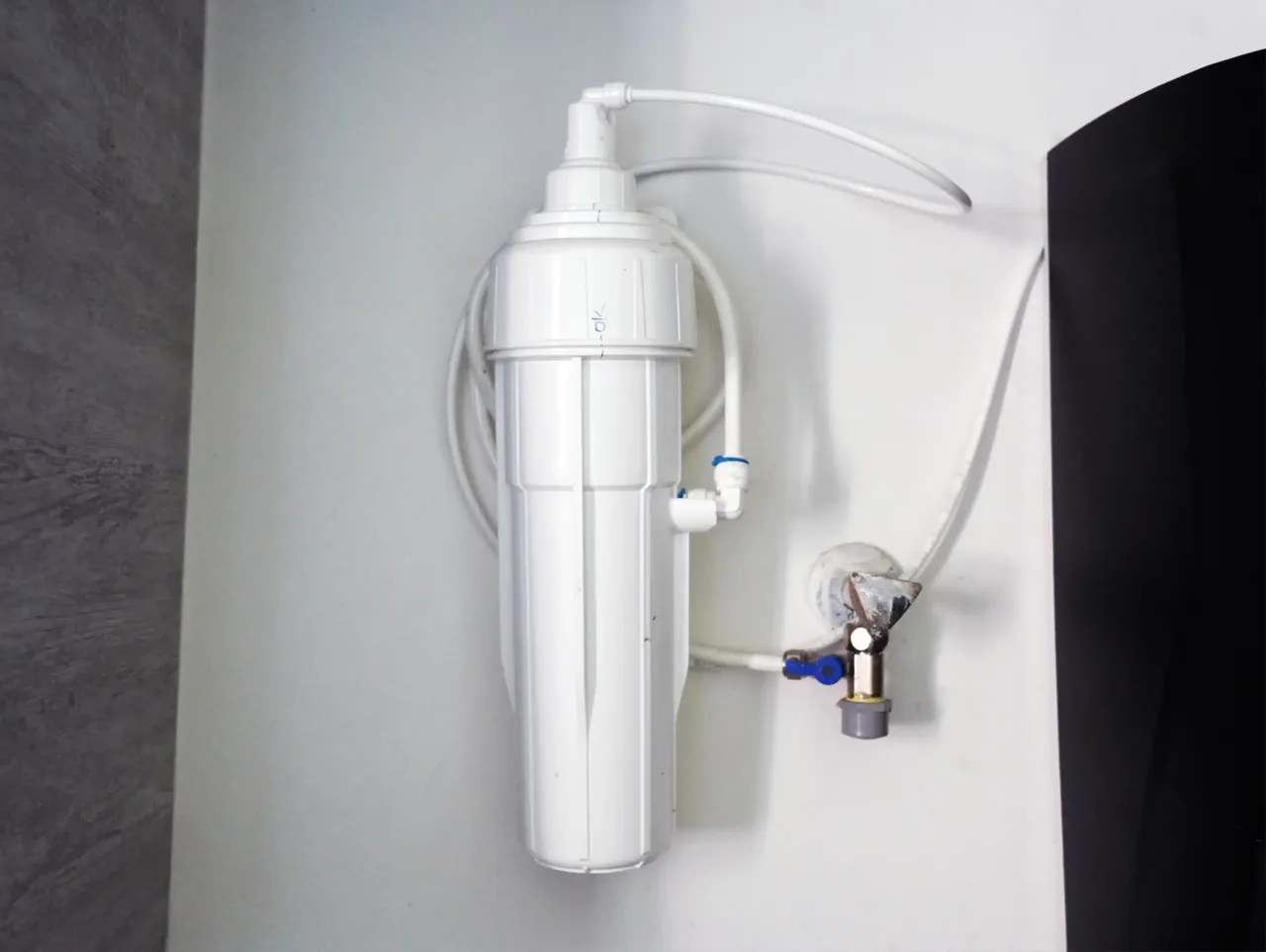RO water purification is the only way to purify water with TDS more than 300 ppm (as per WHO standards, whereas BIS standards are 500 ppm). RO water purification means the removal of TDS. Since the RO process does not crystallize the waste solids, the TDS is eliminated in their dissolved form. As a result, the RO water purification process wastes a lot of water.
How much water does an RO water purifier waste?

The water wastage depends on the TDS content in the source water. Generally, an RO water purifier wastes four liters while delivering one liter of RO-purified water. So, the wastage ratio is 4:1. However, it can be less if the TDS content in the source water is less.
Why does an RO water purifier waste water?
The Reverse Osmosis process works by pushing water with high TDS levels through a semipermeable RO membrane having tiny pores. The water pressure is generally insufficient to push the entire water through and leave the contaminants behind. Secondly, the system has backpressure that does not allow all the water to pass through the membrane.

Besides, the TDS does not get crystallized during the process. Otherwise, they could clog the pores and render the process ineffective. Therefore, water wastage is inevitable in the RO water purification process. It helps keep the membrane clean.
Where does the waste water go?
The waste water ejects from the RO water purifier through a separate outlet directly into the kitchen drain. You must have noticed that waste water keeps flowing out of the reject water outlet even after you stop refilling your glass. It shows that more water is wasted than purified.
Comparison between different RO water purifier brands
While water wastage is inevitable in the RO water purifying process, Indian RO water purifier manufacturers market their products by advertising high water savings by their products.
For example, HUL states that their latest brand model, HUL Pureit ECO Water Saver, saves up to 60% water. The brands include ECO Water Saver, Vital Max Water Saver, and Marvella ECO.

HUL uses a unique Eco Recovery technology that considerably reduces water rejection. This proprietary technology claims to have a high recovery rate of up to 60% compared to the 25% to 30% of the standard RO water purifier brands.
Kent has introduced Zero Water Wastage technology in its brands Grand Plus, Supreme Alkaline, and others. Besides, Kent says that users can convert their existing Kent RO water purifiers to Zero Water Wastage technology using an upgrade kit. Kent claims that this technology boosts the recovery rate to 50%. So, this technology rejects one glass of water instead of four conventional RO water purifiers for every glass.

Similarly, other water purifier brands like AO Smith, LivPure, Aquaguard, and others claim to use innovative technologies to reduce water wastage.
So that brings us to the question – Is there any way to reduce waste water in an RO water purifier system? The answer is YES. You cannot eliminate water wastage but reduce it.
How can you reduce water wastage in RO water purifiers?
Increase water pressure – The reverse osmosis process works against the forces of nature. Therefore, it requires water to flow through the membrane at sufficient pressure. Studies show that the RO water purifying process requires at least a water pressure of 40 psi. So, if the water pressure in your home is good, it will push more water through the RO membrane and, consequently, waste less water.
Install a Pressure Pump – All RO water purifiers usually have an inbuilt pressure pump to maintain the minimum water pressure at 40 psi. But if the water pressure is less, you can install a booster pump directly to the RO system to increase the water pressure.
Have sediment filters – Sediment filters are external attachments placed between the water source and the RO water purifier machine. These attachments filter source water, block prominent and visible impurities like dirt, mud, etc., and prevent them from entering the RO membrane. As a result, it prevents clogging of the RO membrane and improves the water recovery percentage. Though the water recovery percentage improvement is not significantly high, sediment filters help prolong the RO membrane’s lifespan.

Recirculate rejected water – Kent zero water wastage technology works on recirculating rejected water to the overhead tank to reduce water wastage. Though this process increases the TDS levels in the water source, the increase is negligible considering the volume of source water that flows into the overhead tank. However, this method requires infrastructure changes like installing new pumps, plumbing lines, etc.
Reuse waste water – Users can install small water storage tanks in their homes, connect the RO system’s drain pipe, and collect the waste water. You can use it for flushing toilet tanks, watering plants, pre-rinsing clothes and utensils, etc.

Regular maintenance – Cleaning and replacing the RO membrane regularly can help enhance the machine’s efficiency and reduce water wastage considerably.
Conclusion
Water wastage is inevitable in an RO water purifier. But you can minimize the wastage by reusing the waste water for purposes other than consumption. We suggest collecting the waste water in a 20L water tank and reusing the water for alternate purposes.
Kent’s zero water wastage claims are hollow because the technology results in spending more money on recirculating the water. HUL Pureit ECO is the best RO water purifier for saving water.
